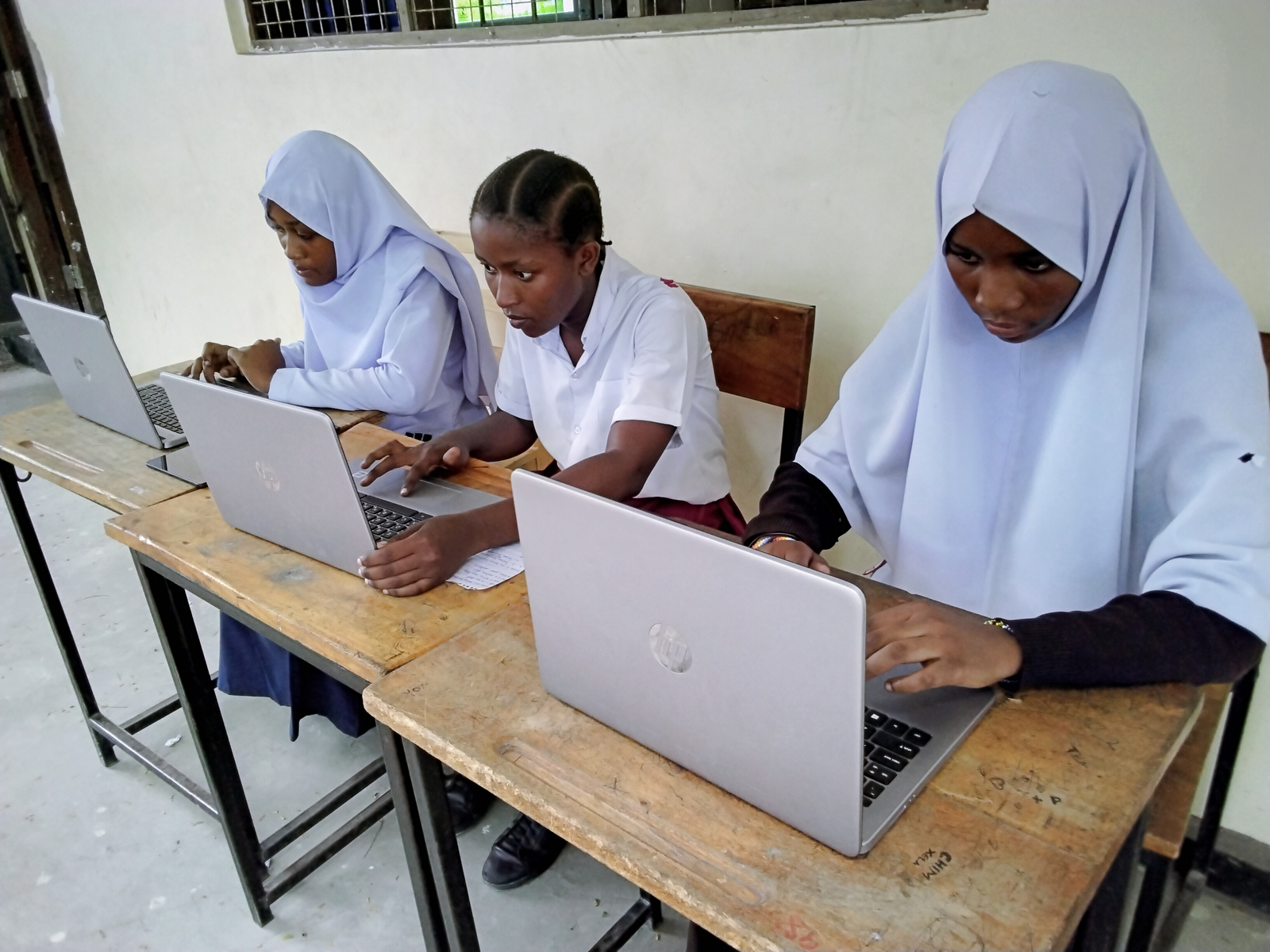
Ending child marriage would boost girls’ education … and countries’ economies
Barriers to education, Child marriage, Education funding, Girls' education, Right to education
Early marriage ends the hopes and dreams of individual girls - but it also hampers efforts to end poverty in developing countries, says a report by the World Bank.
Child marriage will cost developing countries trillions of dollars in the next decade, seriously hampering global efforts to eradicate poverty, the World Bank has said.
An estimated one in three girls in the developing world is married before the age of 18, with one girl married off every two seconds, according to experts.
The World Bank said ending child marriage would reduce population growth, boost girls’ educational achievements and increase their earnings.
It would also lead to women having healthier and better educated children, further boosting prosperity.

“Child marriage not only puts a stop to girls’ hopes and dreams, it also hampers efforts to end poverty and achieve economic growth and equity,” World Bank economist Quentin Wodon said in a statement.
“Ending this practice is not only the morally right thing to do but also the economically smart thing to do,” added Wodon, who co-authored the report The Economic Impacts of Child Marriage – the first of its kind.
One of the biggest economic benefits of ending child marriage would derive from a reduction in population growth, according to the study co-authored by the International Center for Research on Women.
Girls who marry young have more children on average than those who delay marriage. Ending child marriage would reduce fertility rates by 11 percent on average in 15 of the worst affected countries analysed in the study.
Global gains from lower population growth could exceed $500 billion annually by 2030, with cumulative gains topping $4 trillion, the study said.
Although world leaders have pledged to end child marriage by 2030 under the U.N. Sustainable Development Goals agreed in 2015, investments to end the practice remain limited.
The authors said this was likely partly due to the fact child marriage was seen as a social issue and the economic case had not been made forcefully enough.
Each year of secondary education reduces the risk of child marriage by five percentage points or more, the report said.
Child brides are more likely to drop out of school than their peers who marry later, which in turn impacts their ability to earn a living.

Girls’ education
Early marriage reduces women’s earnings in adulthood by 9%, the study said, while the children of child mothers tend to suffer poorer development and health.
The economic benefits of lower rates of under-five mortality and stunting – that can lead to irreversible damage to health – which would result from ending child marriage could reach more than $90 billion annually by 2030, the bank estimated.
Child marriage facts
15 million girls a year are married before the age of 18 – one girl every two seconds.
Niger has the highest rate of child marriage with nearly 77% of girls wed before 18, followed by Chad with over 68%, and Mali and Bangladesh with over 59%.
Women who marry early tend to have more children. Ending child marriage would reduce the fertility rate by 12% in Nigeria, 15% in Ethiopia and Niger and 18% in Bangladesh, having significant implications for population growth.
Children born to child brides are more at risk of death or poor development due to lack of good nutrition.
Child brides are much more likely to drop out of school, affecting their future ability to earn money.
Child marriage reduces women’s earnings by 9%. In Nigeria this is equivalent to $7.6 billion annually in lost earnings and productivity.
Reducing populations would also produce big savings in national education budgets. Eliminating child marriage would save countries 5% or more of their education budget by 2030.
Sources: World Bank, Girls Not Brides.
More news

Skills for the future give young people the best chance of success
